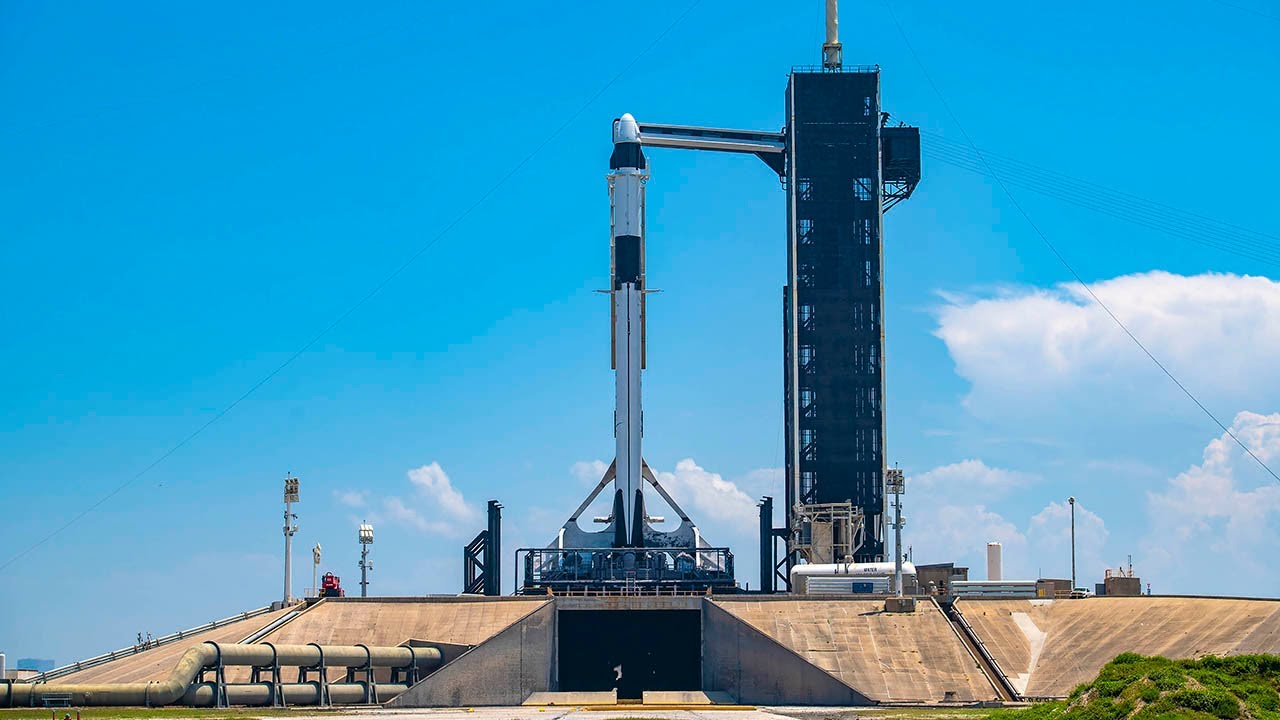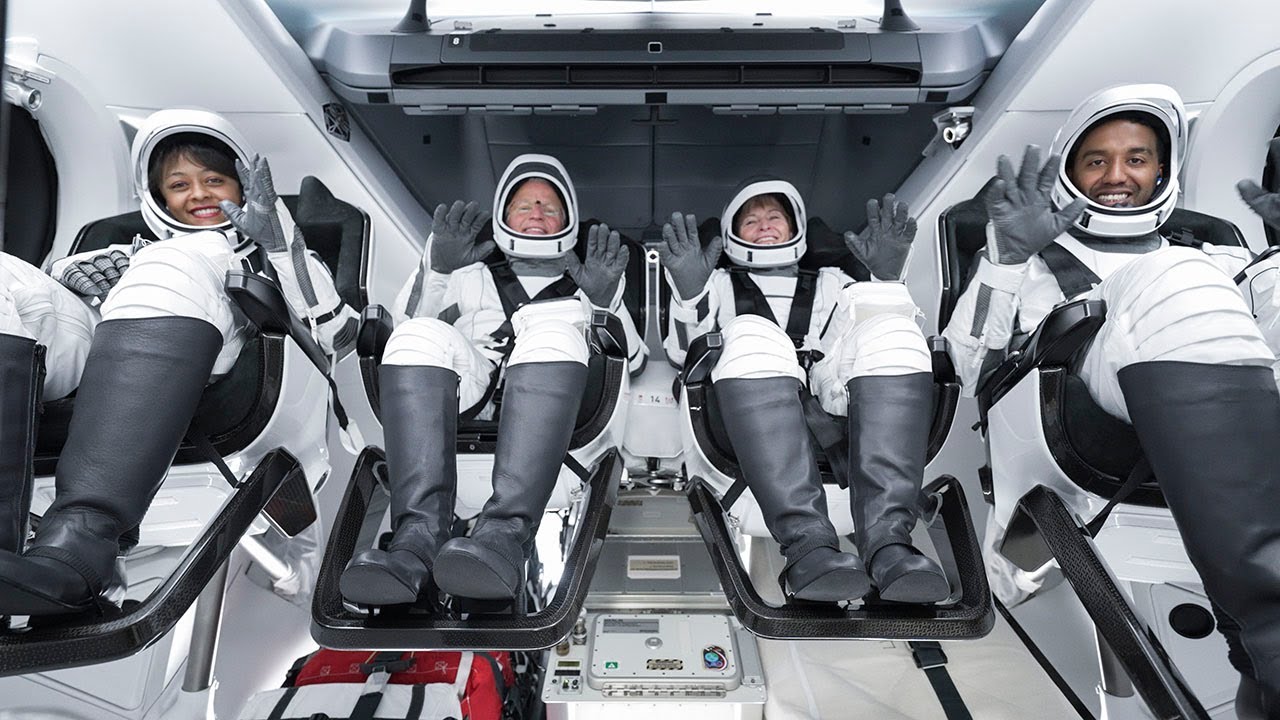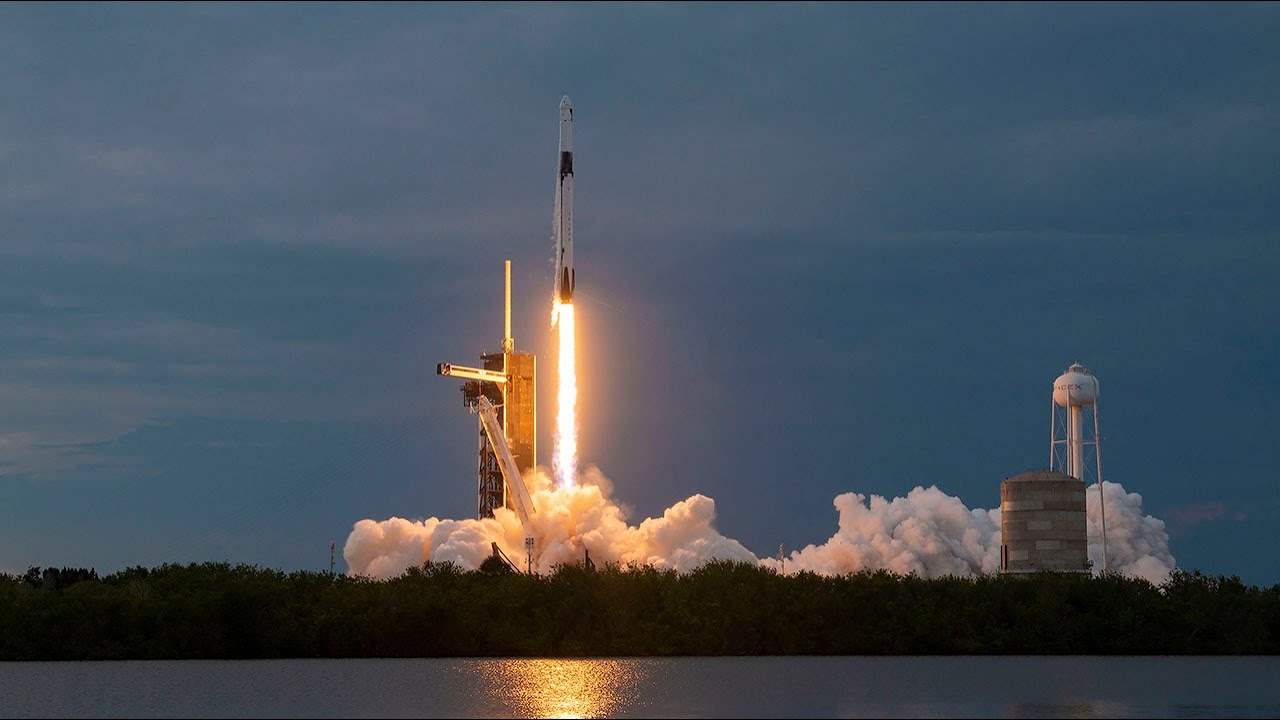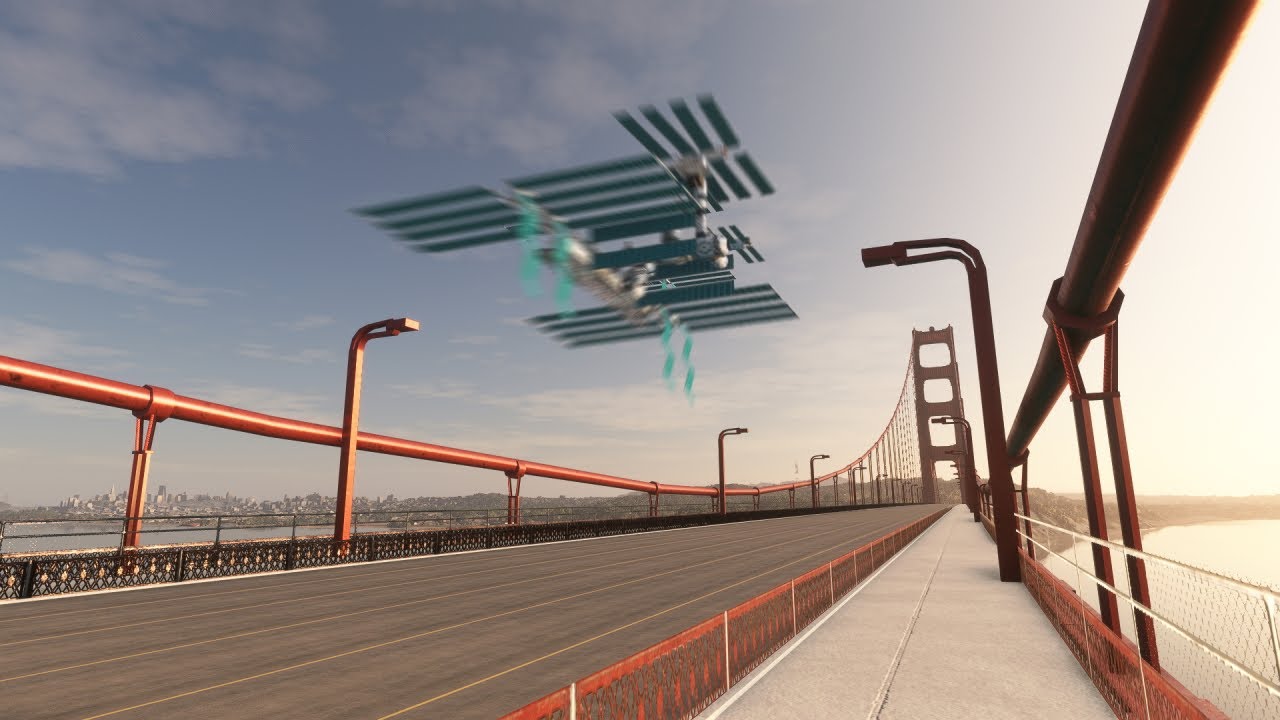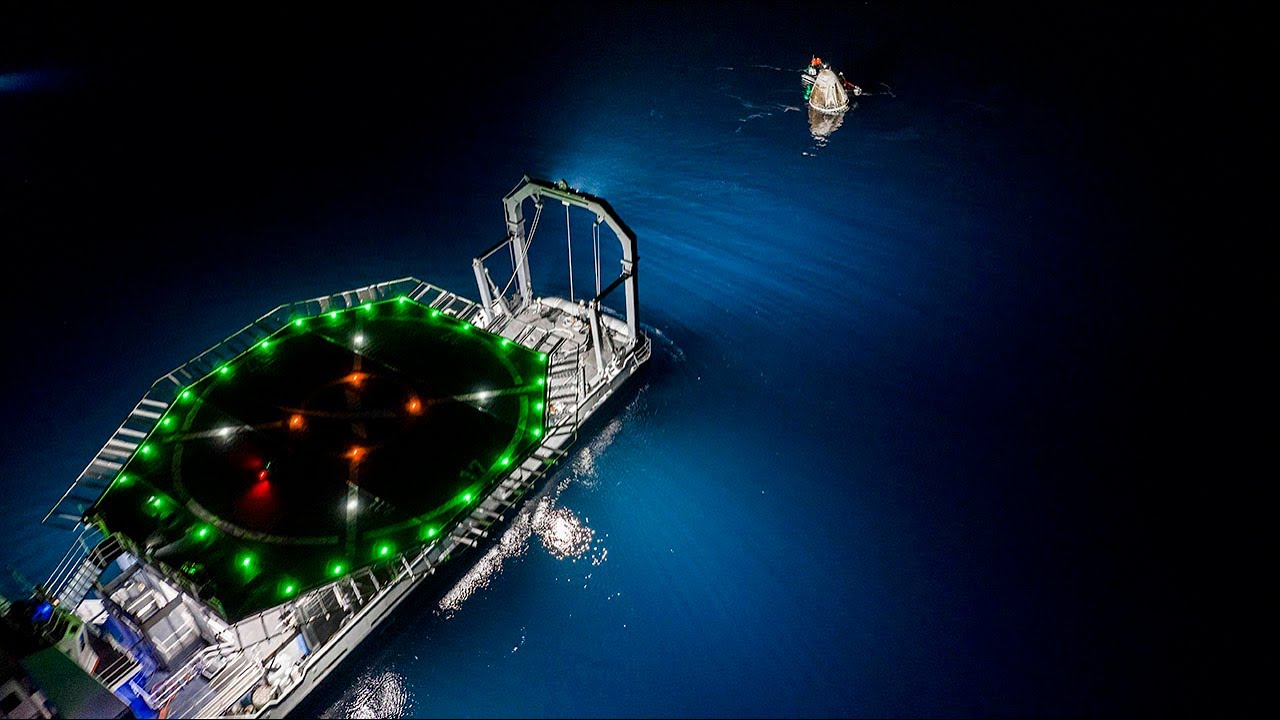SpaceX plans to launch the Axiom Space Ax-2 mission, the second fully private mission to visit the International Space Station (ISS) on 2023-05-21 at 21:37 UTC from Launch Complex 39A at the Kennedy Space Center in Florida, with weather forecast as 60% favourable for launch. The first stage booster is planned to return to Cape Canaveral and land in Landing Zone 1, becoming the first Crew Dragon launch to recover its booster on land. SpaceX says the return to launch site landing was made possible by modifications to improve the performance of the booster which were made as a result of experience from previous Starlink launches.
This flight will deliver a crew of four to the ISS in a ten day mission with eight days on the ISS. The Crew Dragon spacecraft (C212 Freedom) will be making its second flight and brand new Falcon 9 booster B1080 its first flight. Mission commander is Peggy Whitson, veteran of three flights to the ISS on Space Shuttle and Soyuz missions, during which she spent 666 days in space and conducted 10 space walks. Whitson is now Director of Human Space Flight for Axiom Space, and will fulfill the NASA requirement that missions to the ISS have a “professional astronaut” as commander. The other three crew members are basically space tourists: one from the U.S. and two from Saudi Arabia, one of whom will become the first female Saudi astronaut.
Here is a pre-flight preview from Everyday Astronaut.
4 Likes
This flight used a new ascent and first stage return trajectory. A typical Falcon 9 launch that returns to the landing zone near the launch site performs a single engine first boost-back burn to kill its horizontal velocity and send it back toward Florida, then a three engine entry burn to slow its velocity before it encounters the dense part of the atmosphere, and finally a single engine landing burn. This return to launch site used three engines for the boost-back burn, a single engine for the entry burn, and three engines again for the landing.
My guess is that this trajectory was chosen because the Crew Dragon flew a flatter (“non-lofted”) trajectory toward orbit. I did notice that at stage separation the rocket was only at an altitude of around 75 km, while on cargo launches it’s usually close to 100 km. The flatter trajectory is less efficient, but safer for the crew should the mission be aborted before the capsule reaches orbital velocity. With a lofted trajectory, it would fly a steep suborbital return, subjecting the crew to heavy g-forces as it hit the dense atmosphere close to vertically. On the flat trajectory, the capsule would be able to scrub off that velocity more gently along a longer path through thinner atmosphere, reducing the g load on the crew. The flatter trajectory probably requires the three engine boost-back burn because there is more horizontal velocity to zero out. I have no idea why they are using three engines to land instead of the usual one.
Coverage of arrival at and docking with the International Space Station is scheduled to start at 11:30 UTC on 2023-05-22. I will post the video player for the Webcast when it becomes available.
2 Likes
Here is an update from the Axiom-2 crew on board, en route to the International Space Station, recorded on 2023-05-22. The actual transmission from the Crew Dragon starts at the 9:30 point in the video.
2 Likes
Here is coverage of Axiom-2’s rendezvous and docking with the International Space Station. The Webcast starts at 11:30 UTC on 2023-05-22.
2 Likes
The view of the approach to docking gives a real sense of just how fast is LEO velocity.
2 Likes
Here is a video that uses a flight simulator to show how the International Space Station would look from the ground and what its view of the Earth would be if it orbited at an altitude of 3000 metres. Obviously, what it would really look like is a ball of plasma exploding with an energy of around 3 kilotons of TNT.
(1/2) (450000 kg) (7.66 km/sec)^2 = 3.16 kiloton tnt
3 Likes
Here is a replay of the Axiom-2 re-entry, spashdown, and recovery.
The communication black-out during the peak heating phase of re-entry is at the 55:40 mark in the video. At 59:00 the thermal imaging camera picks up the spacecraft, still in black-out. An optical image of the capsule and plasma tail is picked up at 1:00:50, and at 1:01:45 the communication blackout ends. Drogue parachutes deploy at 1:04:20, and main parachutes come out at 1:05:05. Splashdown is at 1:08:15.
Hatch opening is at 1:42:20 and the crew begins to exit the capsule at 1:50:40.
1 Like
